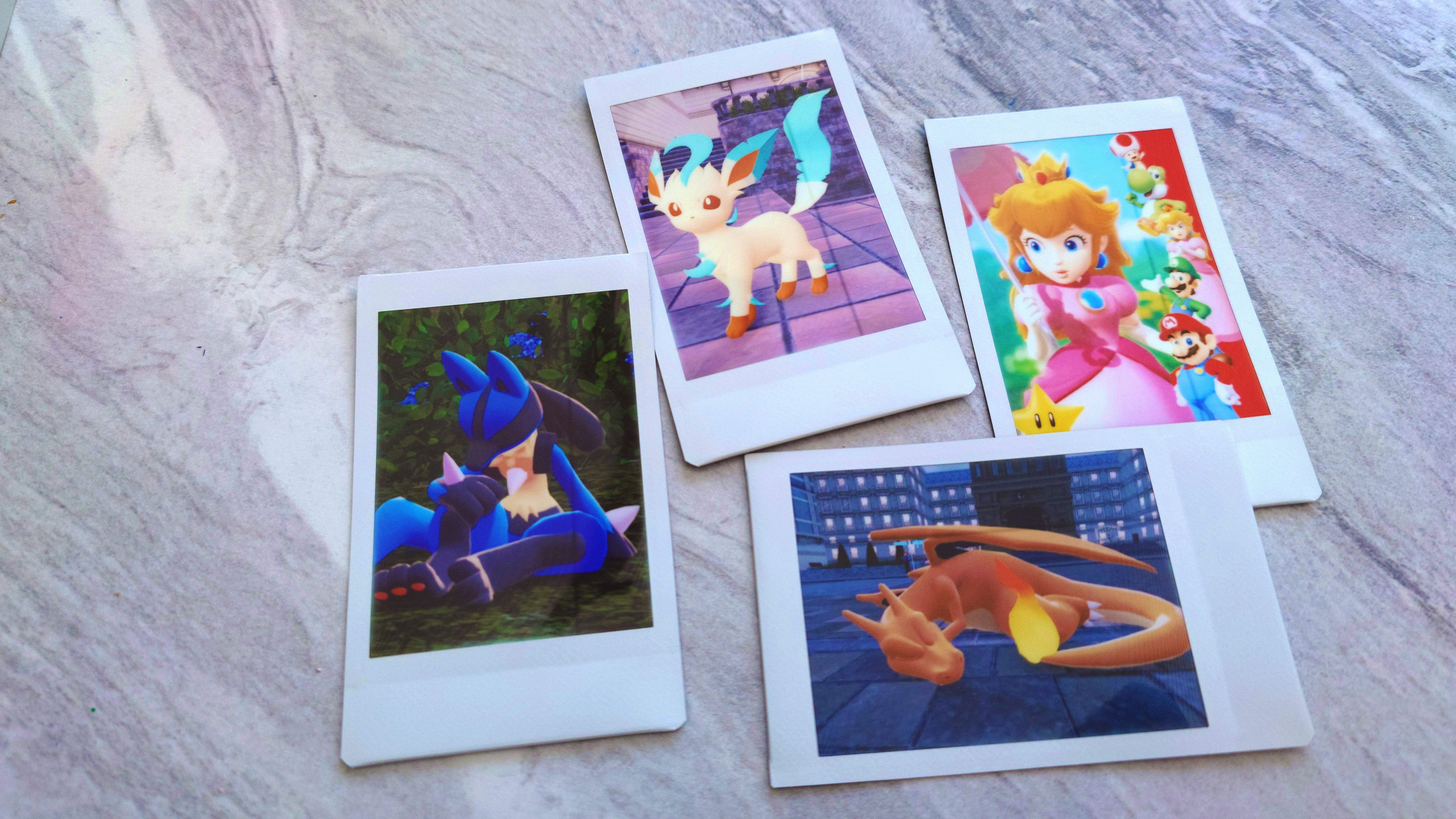Image of the day: Kubrick by Antony Hare
We catch up with Antony Hare, P.I. (private illustrator) to discuss breaking into editorial illustration, how freelancers should manage their finances and today's image of the day
Computer Arts: How did you get into editorial illustration?
Antony Hare: I worked as an interactive art director at ad agencies in the early 2000s. It was a good creative career beginning for a young professional, but, in my idle time, I began to wonder if I couldn't apply the same effort it took to teach myself design into teaching myself illustration. That is, I sold myself to get this gig; could I not sell my work in other markets? I always liked drawing. I guess I've always been drawn to black ink drawing, cartooning I guess you could call it, and cartooning does have a natural home in literature, journalism and publishing in general. So I guess that style is drawing is saught after by editorial design directors.
I always planned to become a commercial illustrator. I imagined myself illustrating ads for Nike and Apple. I try to read the email conversation a few times before I look at the brief. Usually a lot of the information that's critical is contained here. Then I read the brief a few times; I print it out, in some cases, so I can sneak a moment to look at it as I'm cooking dinner. I work both in an outside and in-the-home office and so there's a great deal of multitasking that goes on. Then I just get straight to pencils. Pencil drawing is good – for its own sake, it's just good – and so there's never any harm in doodling away as you think about the assignment.
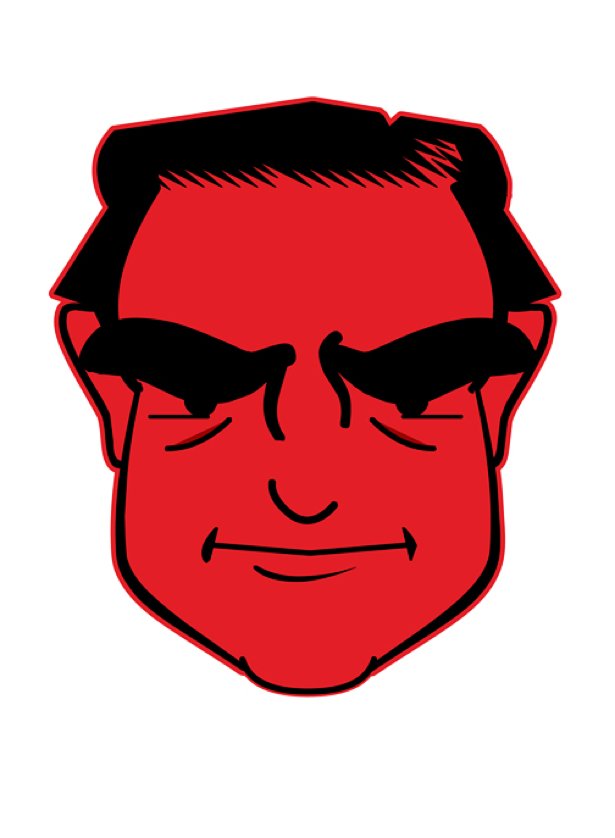
CA: What's the creative process like for you?
AH: I work in Adobe Illustrator with a regular Wacom. I can use any Illustrator program after Illustrator 8, with the introduction of live brushes. They haven't touched them since and I'm so grateful. I have tried virtually every pressure-sensitive vector brush tool there is, and nothing compares to Illustrator. It is amazing.
A project can take anywhere from a few hours to a few days to a few weeks. Editorial has very short deadlines and so the constraint is both your friend and enemy. More challenging is understanding the direction quickly. The drawing itself can sometimes take care of itself, especially if you're doodling while you think. But you do need to think about a lot: what their expecting, what you're instinctively thinking, what you can or cannot do, what you should be doing.
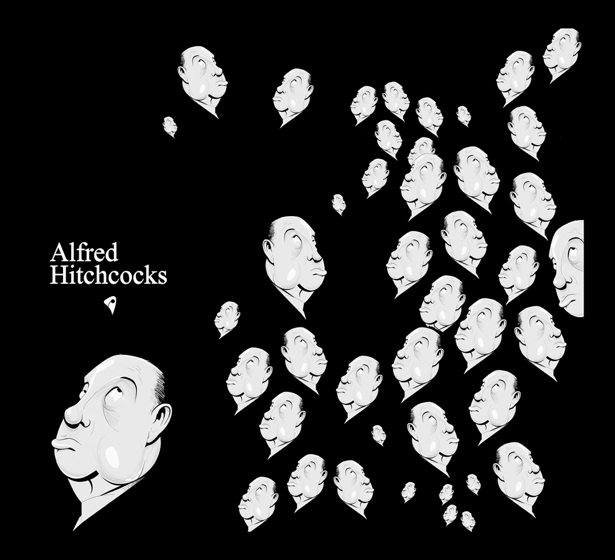
CA: How have you changed, over the course of your career?
AH: My first start in illustration came with baby steps. I designed a book cover for my father and it wasn't horrible. I used to send drawings into newspapers all the time, wildly misunderstanding the machinations of adult life but probably planting seeds anyway. I had a kind of confidence that's unwarranted, especially since I wasn't particularly good at drawing when I first started to illustrate.
What I mean is, I had the same eye, which was always half-decent, but it has been developing due, in part, to a dedication I've made to drawing professionally for the rest of my life. So, of course, my abilities will wax and wane. I'm in a waxing period. Where once I was only able to do certain things, because my visual vocabulary was so limited, now I can draw. It's much simpler. I'm by no means even an excellent drawer. I might be, one day. Certainly perfection is not the goal: it's a categorical mistake, with respect to drawing. Excellence is sought and practise is what develops excellence.
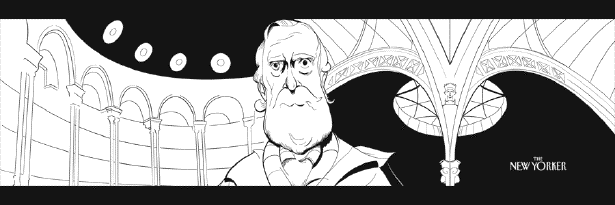
CA: How would you describe your style?
AH: My style is used to be described as clean and graphic. It still is. Now I can draw much better than when I began and so there's a drawing components that's hard to ignore now. Cleanly drawn; graphic. Some but not all early influences include: Mort Drucker, Dr. Seuss, Al Hirschfeld, Jack Davis, David Levine, Ralph Steadman, George Woodbridge. I'm inspired by greatness across the board. We're all imperfect; flawed. Me, particularly so. We seek some solace in a job well done. Simple effort, focused.
Daily design news, reviews, how-tos and more, as picked by the editors.
I enjoy self-made stories but understand them to be truly community efforts. I'm inspired by revenue-aware independence. It's important, for creative professionals, to be not just creative about our assignments but about our careers and our funding. I suppose there is a way to live a good life in 2013 without money, but to a real extent, almost everyone needs funding. This doesn't mean greedily gobbling up cash, but it doesn't mean avoiding money issues, either. Billing is important. It seals value. The same goes for things like integrity and the virtues like patience. These are valuable to humans because they are respectful to the self; they reinforce value. It's not all fiat value, in other words.
Subscribe to Computer Arts for your monthly fix of the world's best inspirational design work. Available on iPad, in print or on other digital devices.
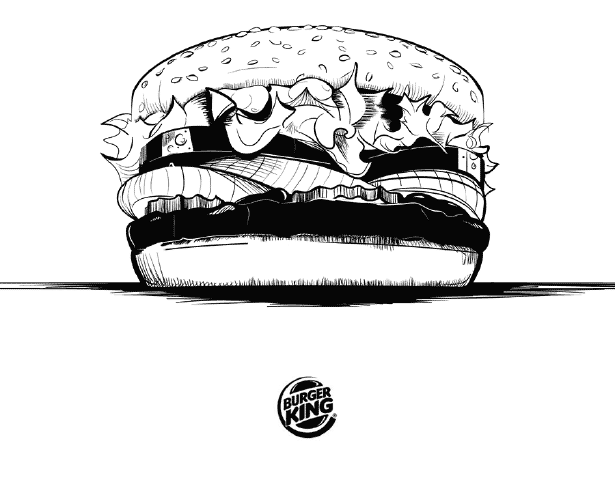
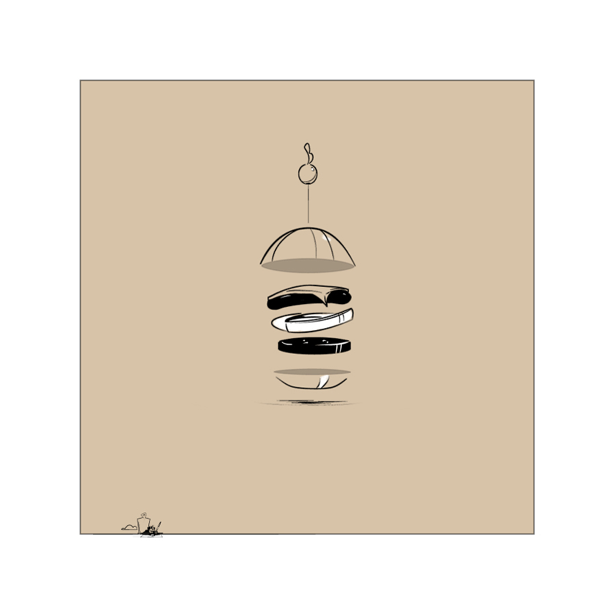

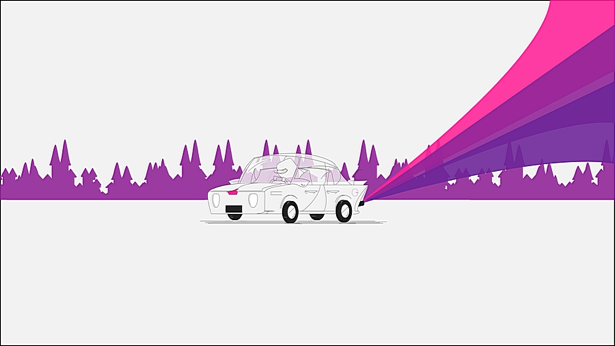


The Creative Bloq team is made up of a group of art and design enthusiasts, and has changed and evolved since Creative Bloq began back in 2012. The current website team consists of eight full-time members of staff: Editor Georgia Coggan, Deputy Editor Rosie Hilder, Ecommerce Editor Beren Neale, Senior News Editor Daniel Piper, Editor, Digital Art and 3D Ian Dean, Tech Reviews Editor Erlingur Einarsson, Ecommerce Writer Beth Nicholls and Staff Writer Natalie Fear, as well as a roster of freelancers from around the world. The ImagineFX magazine team also pitch in, ensuring that content from leading digital art publication ImagineFX is represented on Creative Bloq.
